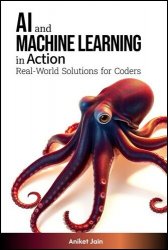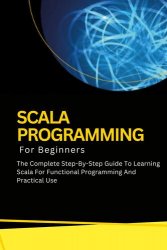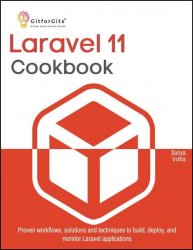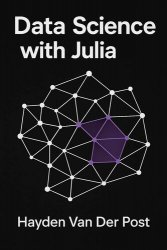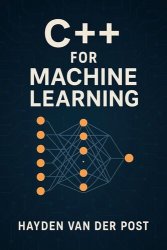- Добавил: literator
- Дата: 15-05-2025, 00:57
- Комментариев: 0
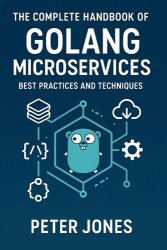 Название: The Complete Handbook of Golang Microservices: Best Practices and Techniques
Название: The Complete Handbook of Golang Microservices: Best Practices and TechniquesАвтор: Peter Jones
Издательство: NOB TREX L.L.C.
Год: September 20, 2024
Страниц: 268
Язык: английский
Формат: pdf, epub (true)
Размер: 12.3 MB
Immerse yourself in the world of Go microservices with "The Complete Handbook of Golang Microservices: Best Practices and Techniques," the essential resource for developers aspiring to master this modern software architecture. Whether you're new to Go or aiming to refine your skills, this book provides an exhaustive exploration of microservices from the ground up, specifically tailored to the Go programming language. Explore the core principles of microservices and the Go language, establishing a robust foundation before progressing to advanced topics like RESTful API development, gRPC communication, database integration, testing strategies, and containerization with Docker and Kubernetes. Each chapter is thoughtfully structured to build on previous concepts, ensuring a cohesive and comprehensive mastery of building, deploying, and managing scalable and efficient microservices.

